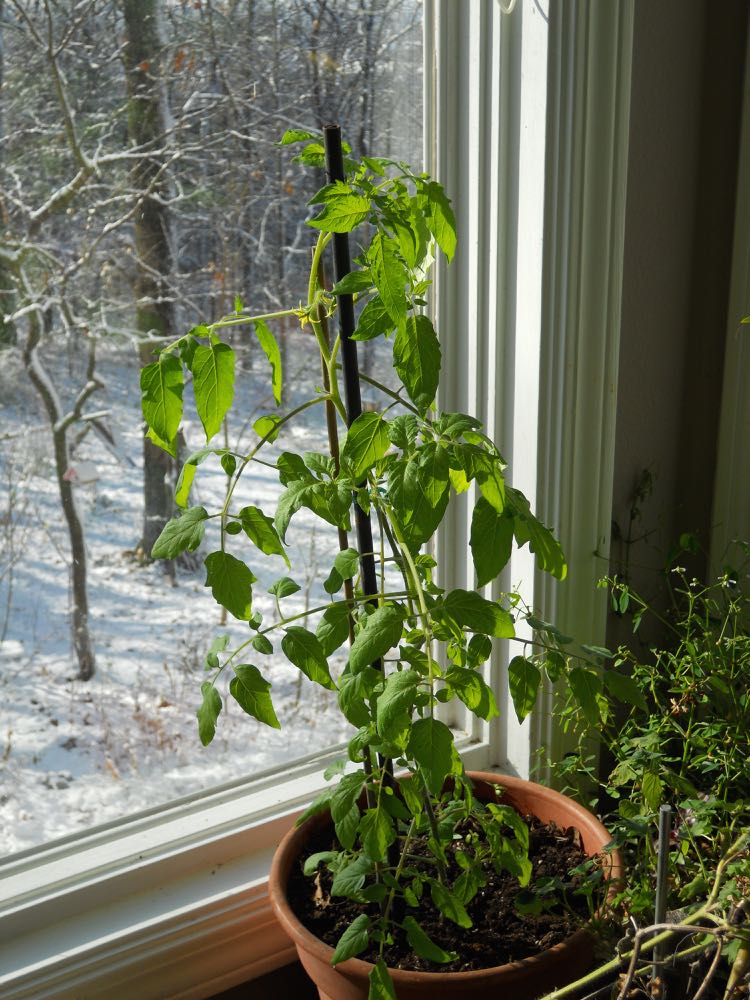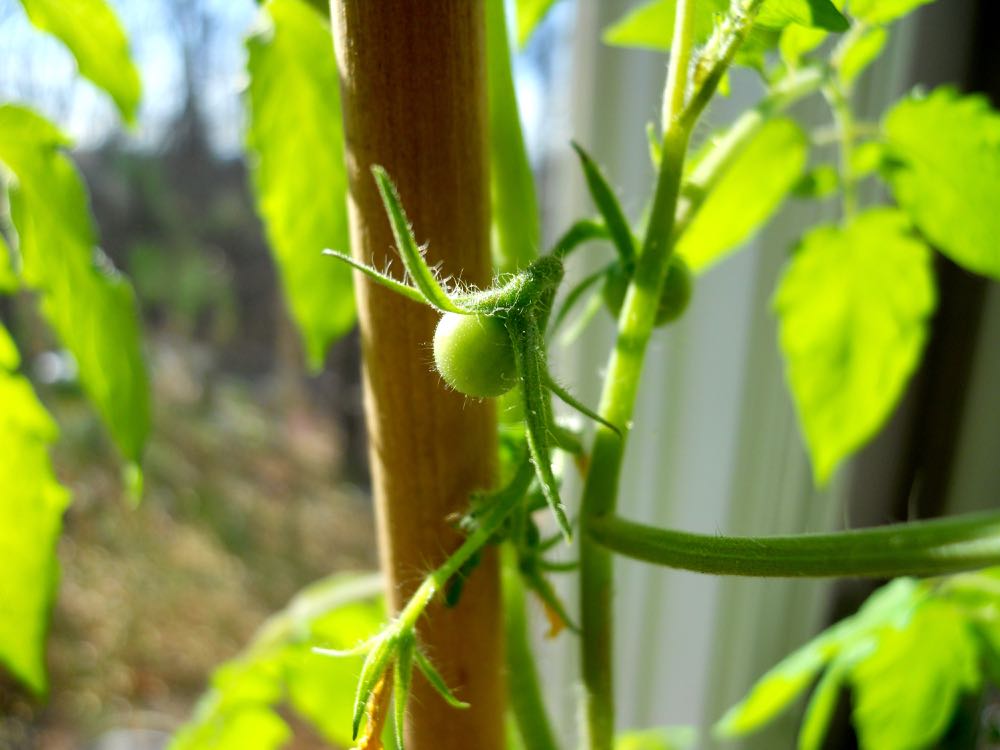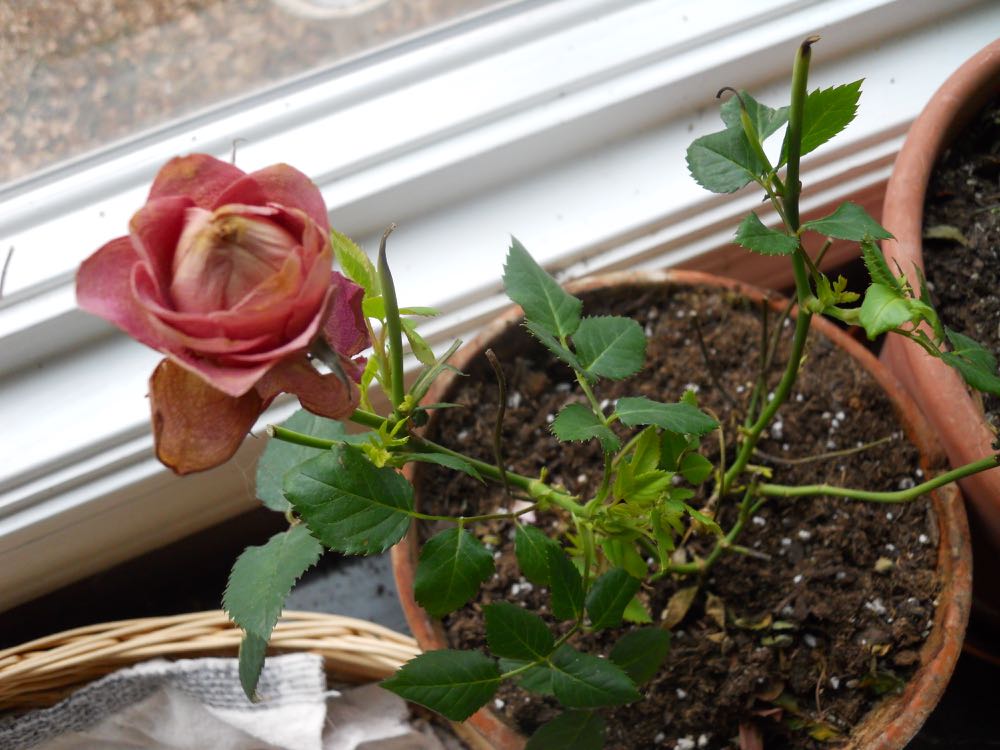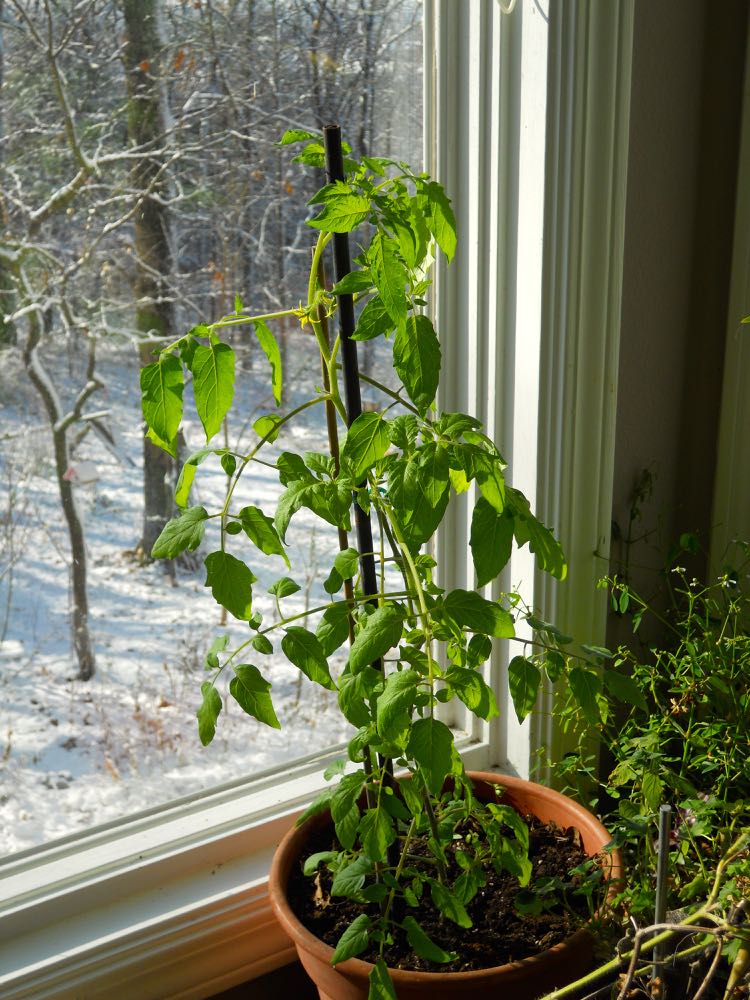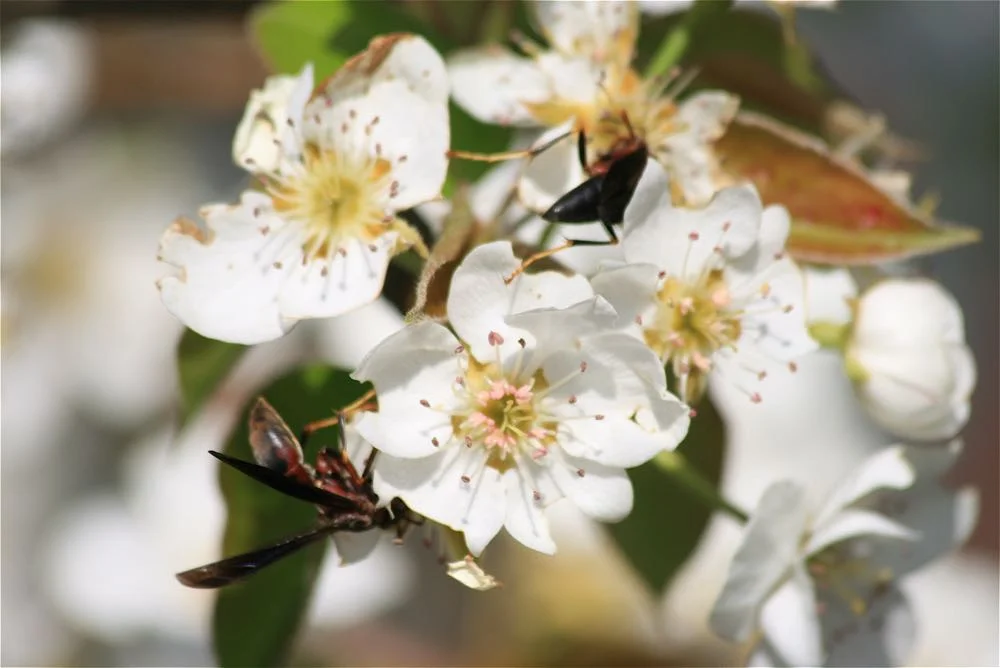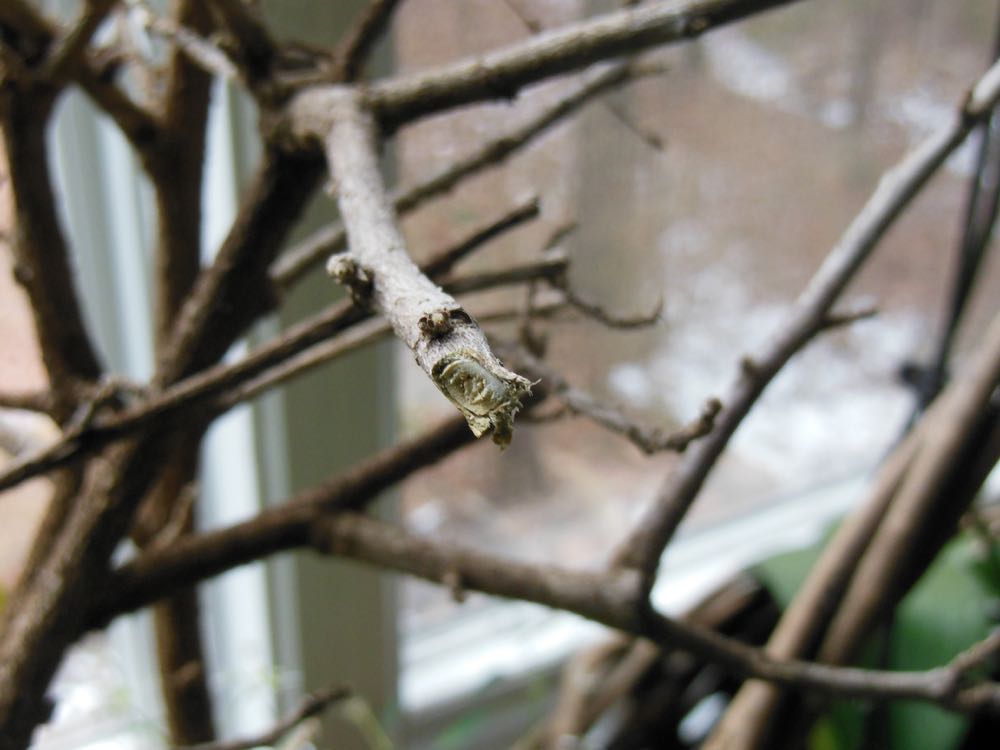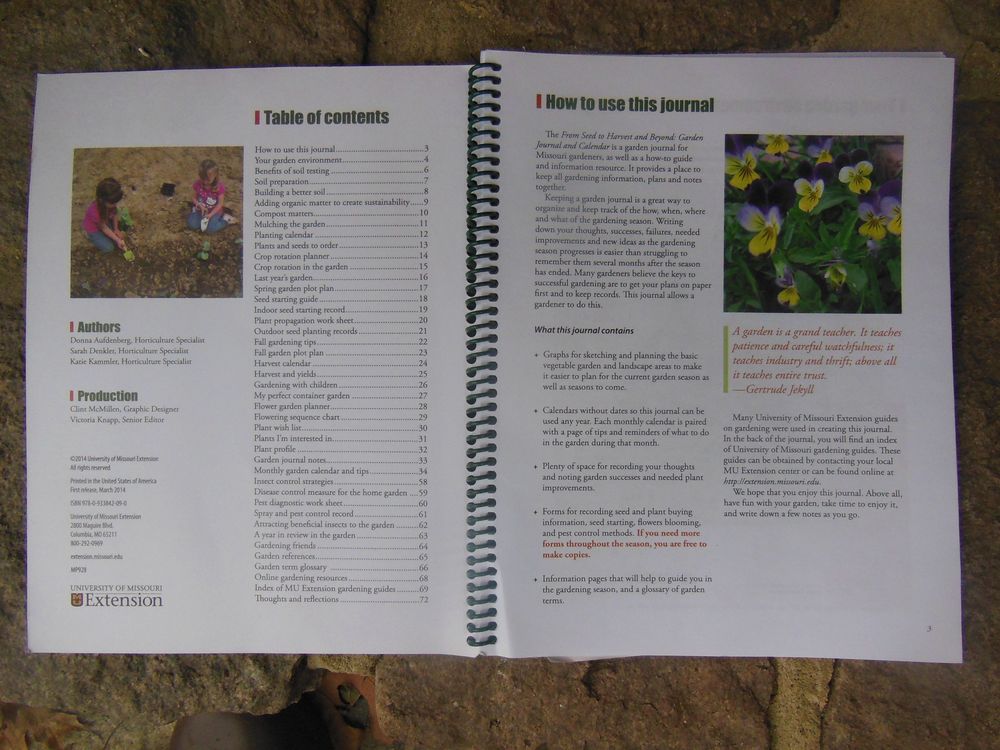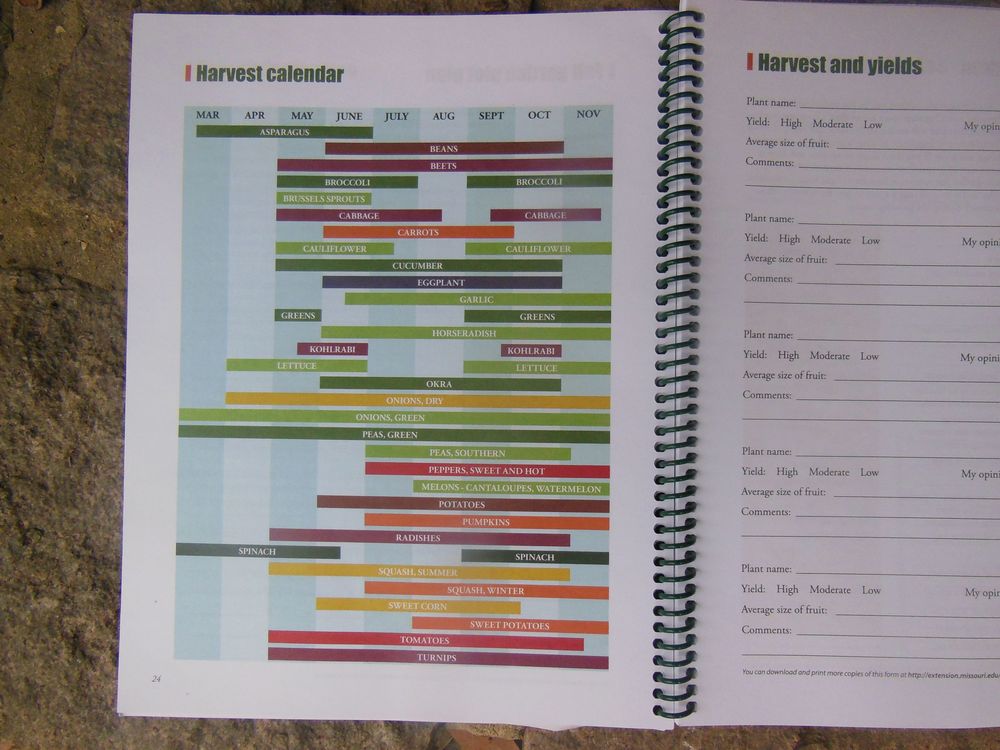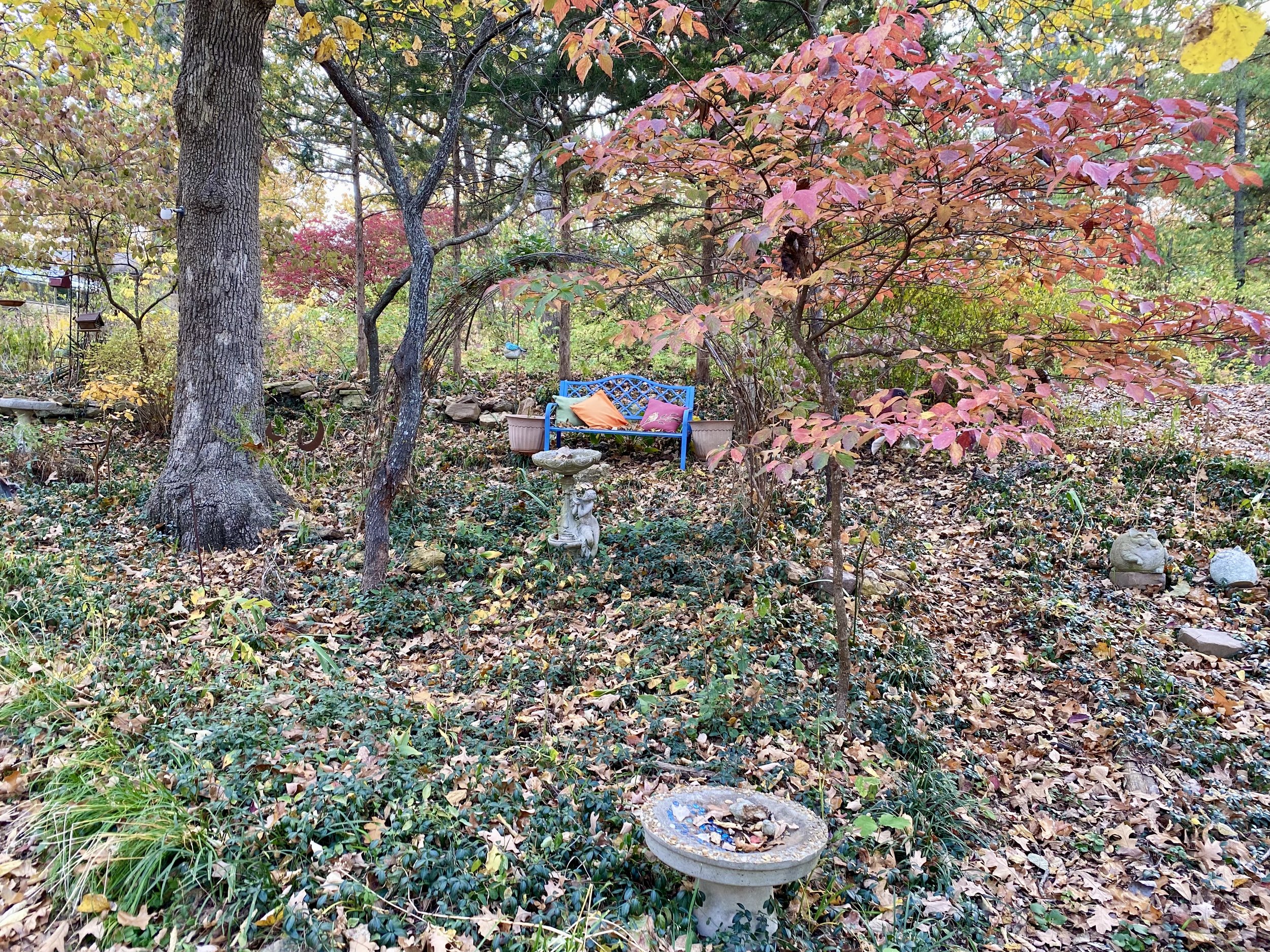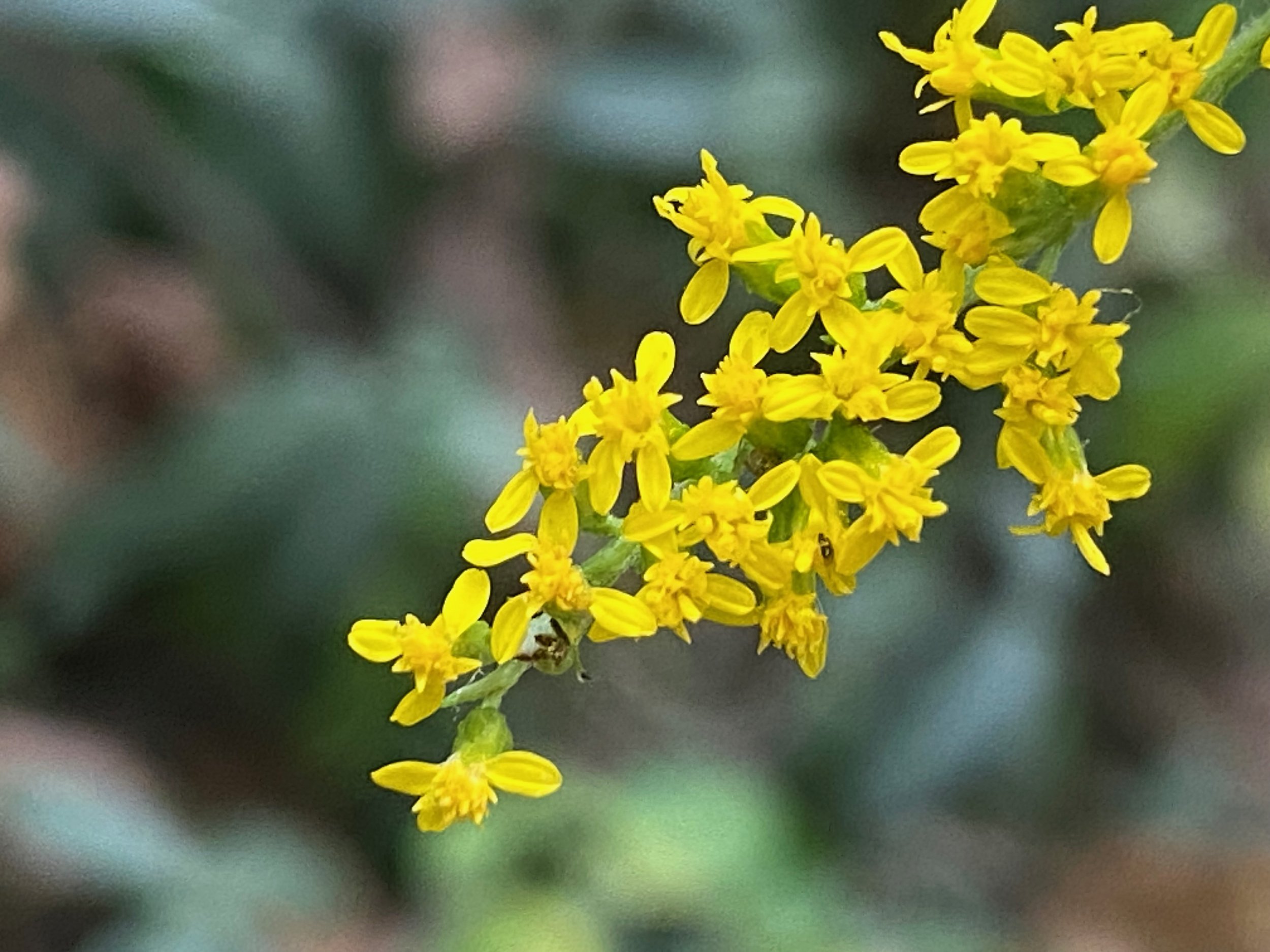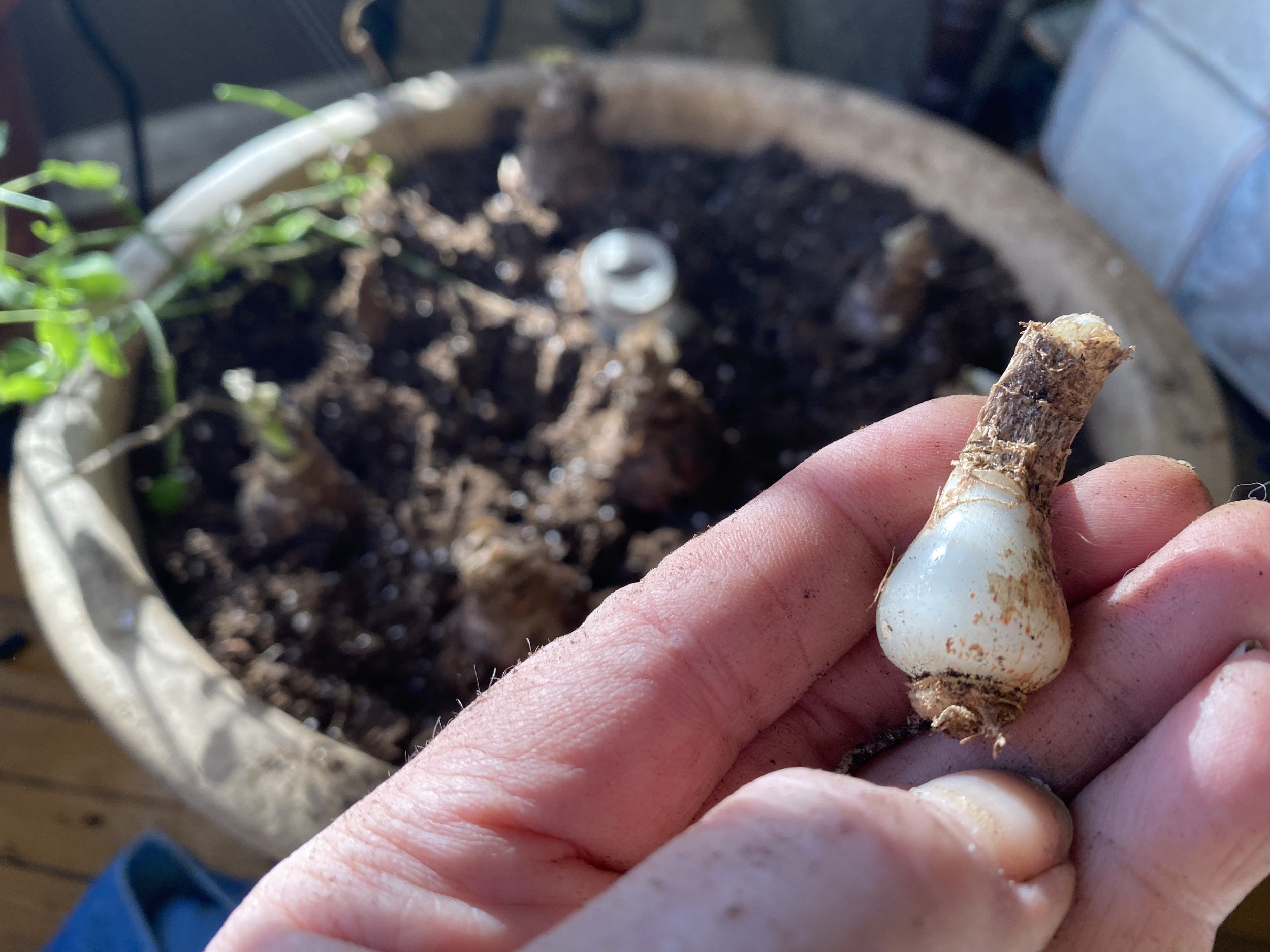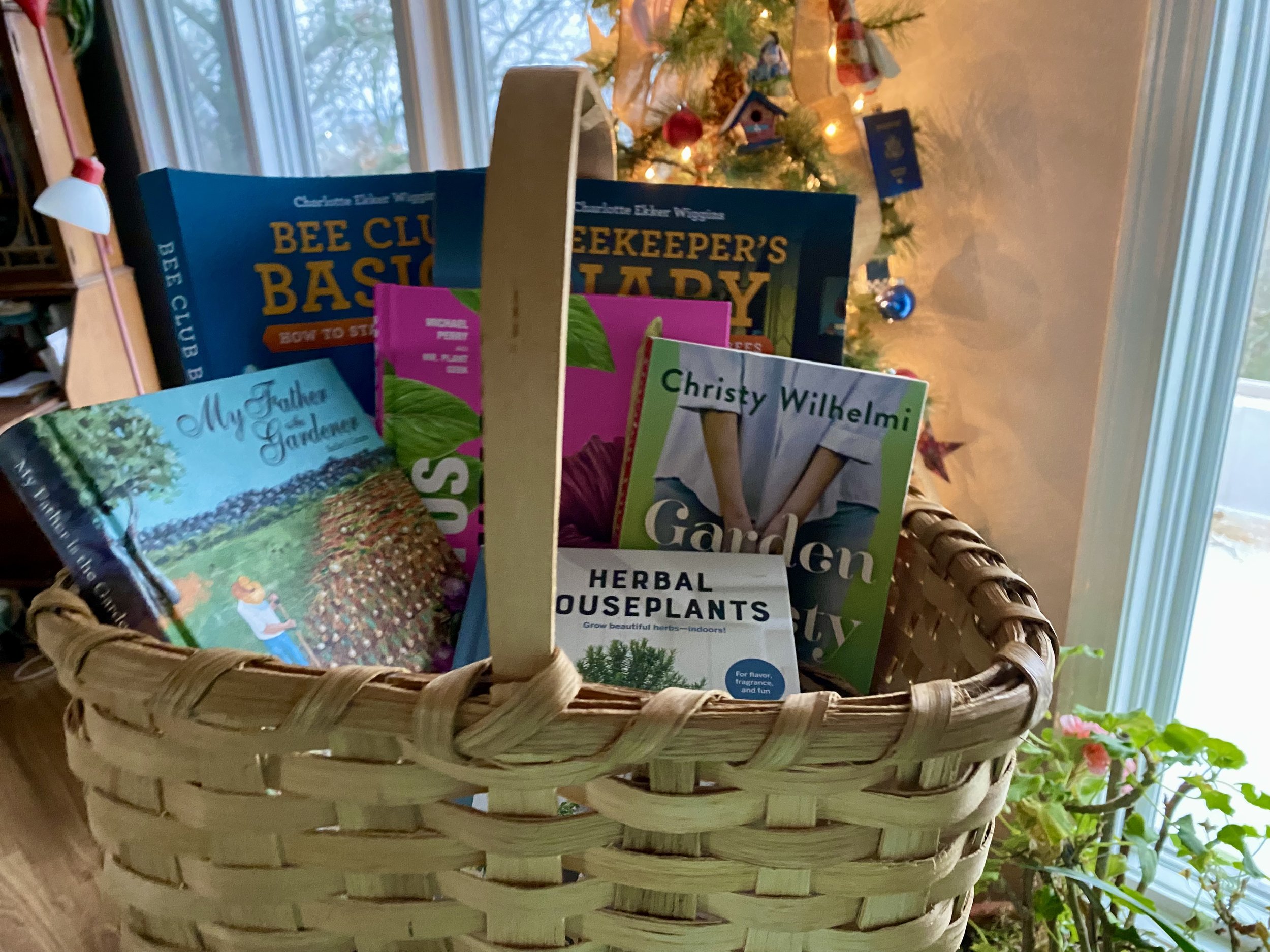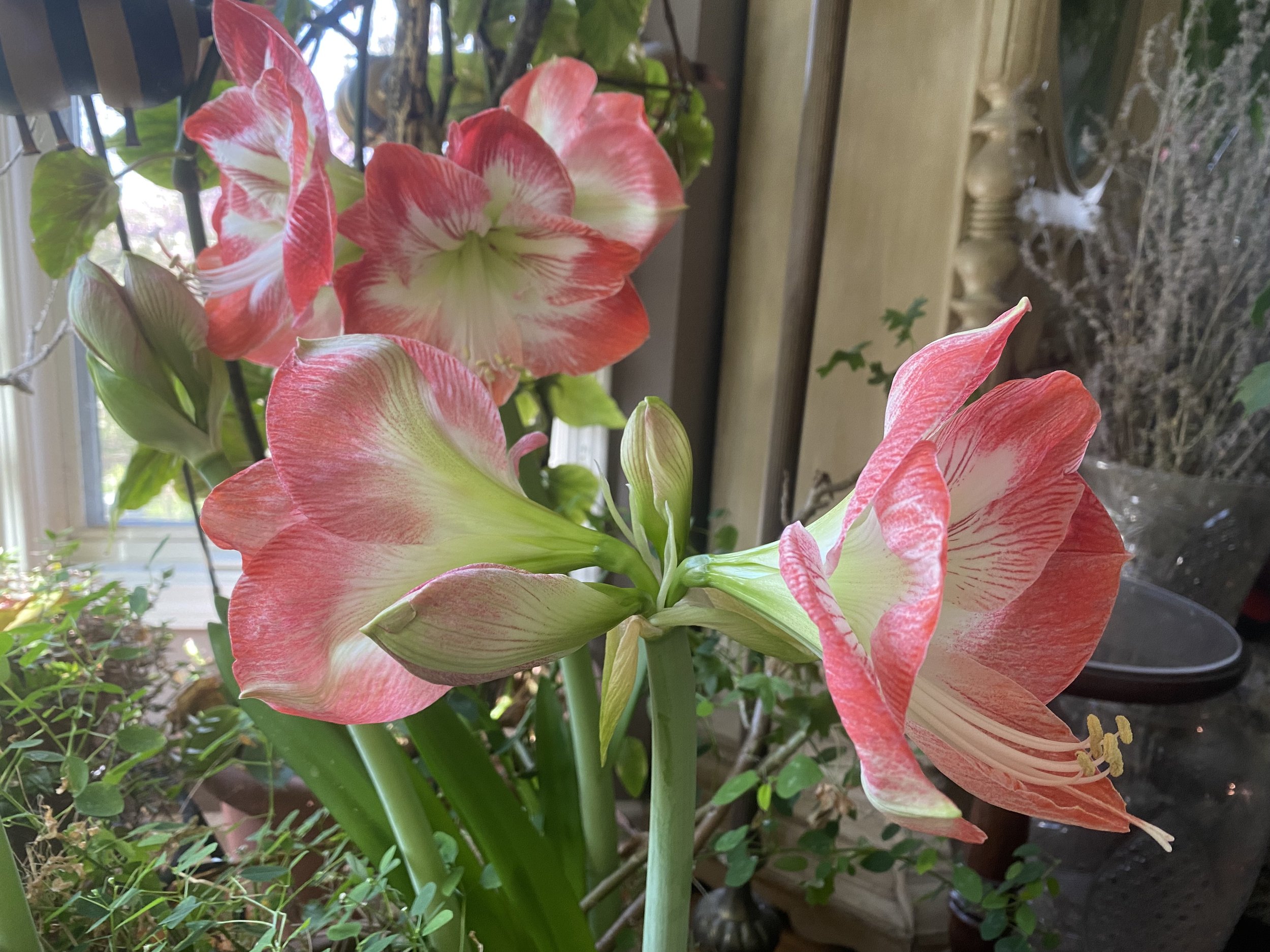The Dirt on Soil
/Leaves are a good soil additive, helping to keep soil from packing too densely, especially Missouri clay.
The Dirt on Soil
Did you know there are more microorganisms in a tablespoon of soil than there are people on earth? Some people think of soil as dirt, or as a farm, or as something one buys at a home and garden center in a plastic bag but soil is an amazing recycling operation, a constant re-combining of minerals and decaying plants and animals.
An average soil sample is 45 percent minerals, 25 percent water, 25 percent air, and five percent organic matter. Different-sized mineral particles, such as sand, silt, and clay, give soil its texture.
How fast water interacts, or doesn’t interact with those mineral particles, determines how well different plant varieties can pull the nutrition they need. Then there are the good soil organisms and the bad ones that, once out of balance, can turn soil communities into infertile landscapes.
To find out what kind of soil you have, you can do a quick soil test at home:
1. Fill a quart jar one-third full with topsoil and add water until the jar is almost full. Screw on the lid and shake the mixture until all the clumps of soil have dissolved.
2. Set the jar on a windowsill and watch as the larger particles begin to sink to the bottom. In a minute or two, the sand portion of the soil will have settled to the jar bottom. Mark the level of sand on the jar side. A colored magic marker will work, you can wash it off later.
3. Leave the jar undisturbed for several hours. The finer silt particles will gradually settle.
4. Leave the jar overnight. The next layer above the silt will be clay. Mark the thickness of that layer. On top of the clay should be a thin layer of organic matter. Some of this organic matter may still be floating in the water. In fact, the jar should be murky and full of floating organic sediments. If not, you probably need to add organic matter to improve the soil's fertility and structure.
One of the easiest soil amendments for flower beds is to add weathered wood chips. The wood chips break down into added organic matter and, once in decomposed form, are a wonderful planting medium for many plants.
Not sure what you are seeing? I can understand, sometimes it all looks like a big muddy blob. Take a good look until your eyes can distinguish between colors. Give up? Ok, but don’t toss it down the sink, pour it on a flower bed, there is another way.
Collect about 6 scoops or 1.5 cups of soil from 6-8 points from a good 4-6 inches below ground from around your garden in a plastic bag and take it down to your local University of Missouri Extension Office. For $15, they will send the samples off to a lab. In a couple of weeks, you will get a very detailed analysis back with a detailed report of your soil including ph levels and recommendations of what you need to do, if any, to improve your soil.
The report will also help guide you in what you can plant in your soil conditions and how to amend your soil for optimum growing conditions. Take your time with whatever you do, most soil amendments take time.
Charlotte














